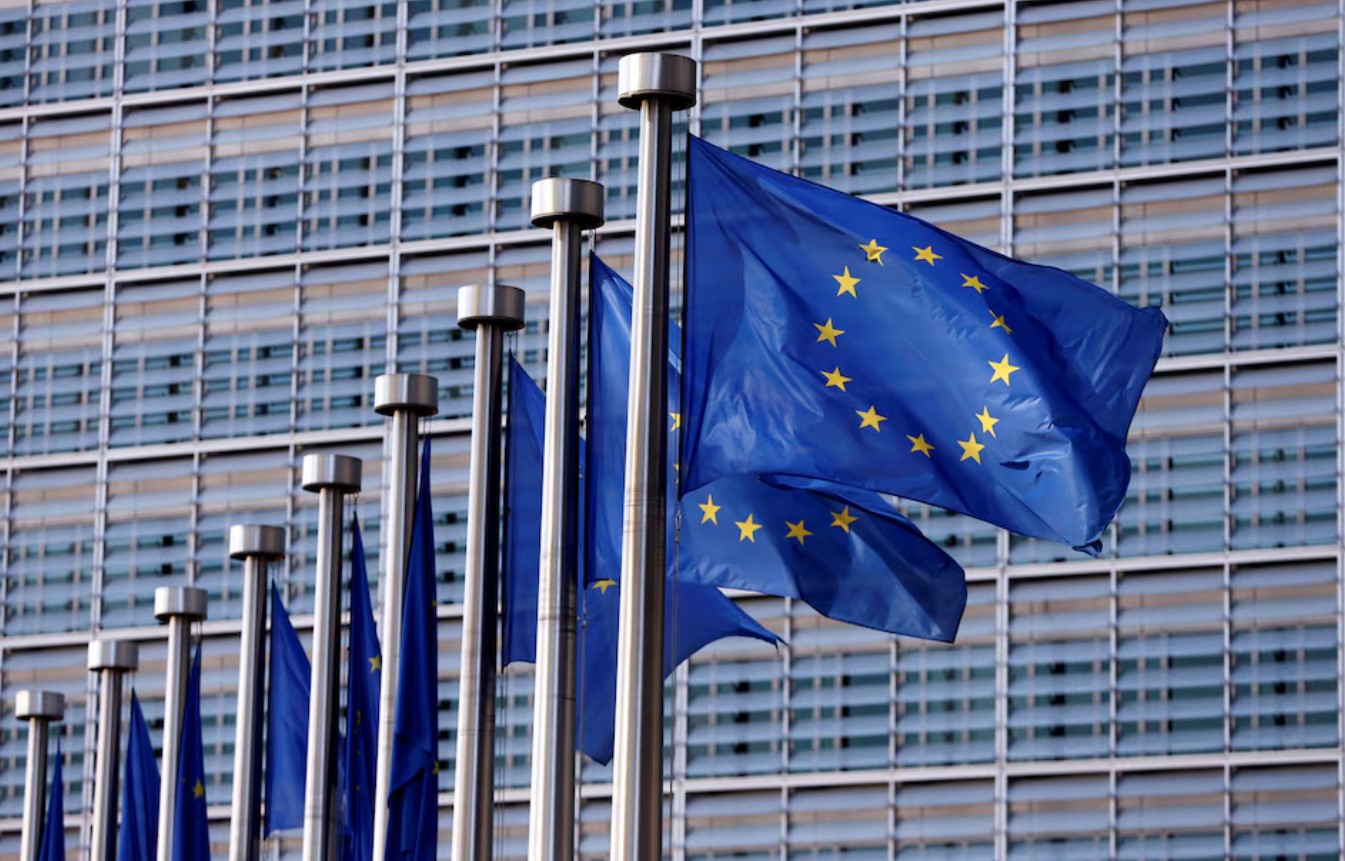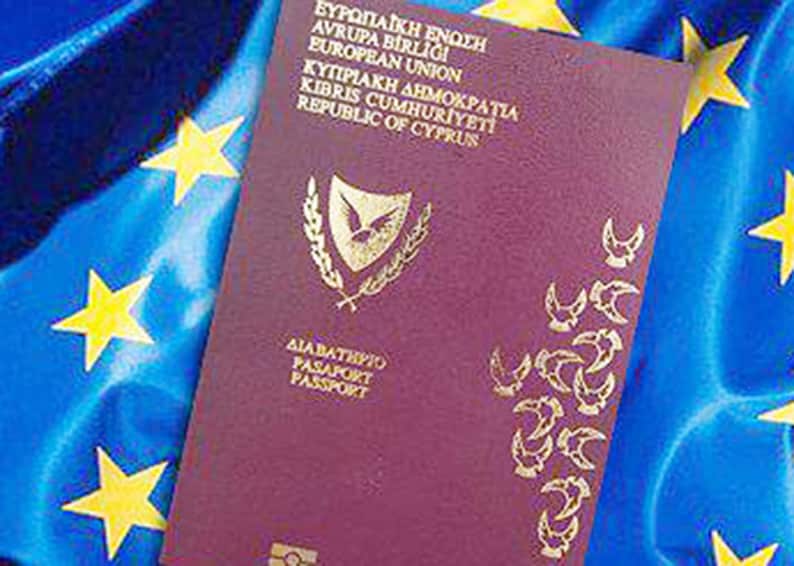By Maria Demertzis
Europe’s reliance on the US financial infrastructure presents a strategic risk for business. US debt is still the safest asset—that on which all other assets are benchmarked—and the US Federal Reserve still provides liquidity that sustains the global financial system in times of crisis. However, amid global decoupling, Europe’s reliance on the dollar and US payment systems present strategic vulnerabilities rather than mere technicalities. The correct response is not a break with the dollar but a systematic derisking that expands Europe’s room to maneuver and gives it more choices.
The first vulnerability is on European bank balance sheets. Around 30 per cent of EU banks’ assets are in foreign currencies, mostly in the form of loans. On the funding side, 21 per cent are in foreign currencies—with 17 per cent in US dollars, mainly short-term US markets—creating risks if liquidity dries. Moreover, 22 per cent of European banks with US dollar and 38 per cent with UK pound exposure lack adequate foreign currency funding. In the event of a dollar squeeze, these mismatched assets would convert straight into European credit, tightening financing conditions and hitting real activity faster than policymakers can react.
The second is payments. At the retail level, card and mobile transactions are dominated by nonEU firms; at the wholesale level, crossborder dollar flows settle on US infrastructure. Financial messaging rides on SWIFT, where European legal oversight has not prevented the US from using the system as a sanctions lever. The euro’s modest share in extraEU payments underlines the reality: Europe lacks full monetary autonomy over the rails its economy uses every day. That is a design flaw, not an inconvenience.
A third weakness sits in the benchmark role of US Treasuries. Europe’s direct holdings are not massive but the centrality of Treasuries to pricing, collateral, and risk management means that turbulence in US debt markets would ricochet across the EU’s financial system. Meanwhile, reliance on Federal Reserve swap lines and on International Monetary Fund programs—both shaped by US priorities—leave Europe exposed to policy choices beyond its control.
New technologies threaten to entrench the status quo. Dollarbacked stablecoins, whose reserves sit in US bills and deposits, promise faster crossborder payments while reinforcing dollar primacy. It is unlikely that stablecoins will be used in the euro area, but they can certainly dominate cross-border payments outside the EU, which are in great need of modernization. If stablecoins take over global payments, they would cement the use of the dollar as a global currency and equally cement the relevance of US Treasuries and Europe’s exposure to them.
What should Brussels, Frankfurt, and national capitals do?
Start with payment sovereignty. A digital euro for retail purposes would give households and firms a European public money option in an ecosystem increasingly intermediated by nonEU providers. Done correctly, it also would be a coordination device: a common ledger and standards that catalyze competition and innovation among European payment players, including euro stablecoins. On the wholesale side, interoperable settlement solutions can cut costs and reduce reliance on correspondent banking. The system could coexist with the dollar-centric system while providing the EU with alternatives.
Next, strengthen the euro’s international role as insurance for European businesses to be able to function globally. The European Central Bank should widen and internationalize its liquidity lines to trusted partners where economic links are deep, signaling that euro funding will be there in times of need. Over time, the EU must increase the supply and depth of high-quality, euro-denominated safe assets; without more “euro Treasuries,” talk of reserve-currency heft is just talk. The prize is not reserve currency bragging rights but practical leverage: the capacity to stabilize markets and protect European interests when shocks arrive.
Finally, upgrade crisis machinery at home. The European Stability Mechanism was built to bridge liquidity gaps, not to refinance a large sovereign—or several—through a prolonged shock. With a headline lending capacity of €500 billion, it is too small to anchor confidence if market access falters in multiple member states. Europe needs a standing, scalable fiscal–financial backstop that it truly owns, building on—but not confined to—the Recovery and Resilience Fund. Precommitment beats improvisation when selling pressure hits.
Derisking is about options. It means fewer singlepoint dependencies in banks’ funding, more European control over everyday payments, credible euro liquidity for partners, and a crisis toolkit sized for the union as it is, not as we would like it. None of this requires decoupling from the US or denigrating the dollar’s role. It does, however, require a clear-eyed assessment of the world as it is and a determination to make Europe’s financial plumbing resilient enough to serve its strategic aims.
That is the quiet work of independence.
Maria Demertzis is Senior Economist, The Conference Board Europe και Professor of Economic Policy, Florence School of Transnational Governance, European University Institute. The article is reposted from the Blog of the Cyprus Economic Society https://cypruseconomicsociety.org/blog/blog-posts/







Click here to change your cookie preferences